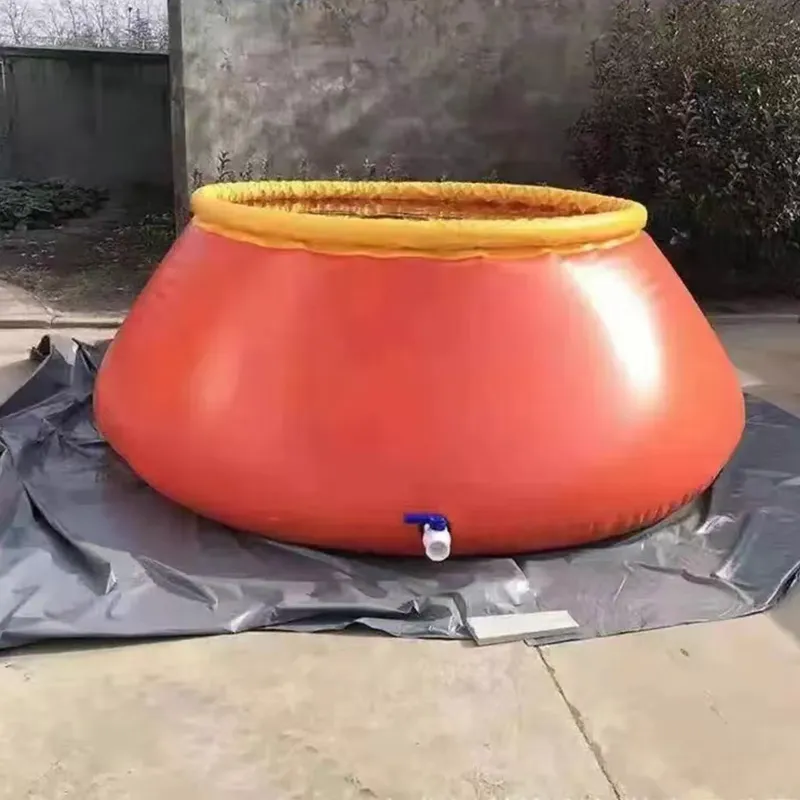

Maintenance of turbine fire pumps is another area that underscores their reliability and efficiency. Regular maintenance not only extends the life of the pump but also ensures consistent operational readiness. This involves routine inspections, lubrication of moving components, and periodic testing to verify performance under emergency conditions. By adhering to a stringent maintenance regimen, operators can trust that the turbine fire pump will perform optimally when needed. In recent years, technological advancements have further refined the operational capabilities of turbine fire pumps. Integration with smart controls and digital monitoring systems has enabled real-time data analysis and remote monitoring, features that significantly enhance the responsiveness of fire suppression systems. These innovations lead to faster detection, activation, and deployment of firefighting measures, which are pivotal in minimizing damage and ensuring safety. Furthermore, the design and application of turbine fire pumps are governed by rigorous standards and certifications to ensure safety and efficacy. Bodies such as the National Fire Protection Association (NFPA) and Underwriters Laboratories (UL) provide guidelines that manufacturers must follow. Compliance with these standards is a testament to a pump's reliability and quality, providing assurance to stakeholders that the machinery installed will perform when it is needed the most. In conclusion, the turbine fire pump stands as an indispensable component of modern fire safety infrastructure. Its ability to deliver consistent, high-pressure water flow makes it a powerful tool in combating fires across various settings. The combination of robust engineering, stringent maintenance practices, and technological integration makes turbine fire pumps not only a choice of preference for industrial applications but also a cornerstone of effective fire management systems globally. As fire safety continues to be a priority in urban planning and industrial development, the role of turbine fire pumps will undoubtedly remain pivotal, ensuring that communities and assets are safeguarded against the potentially devastating consequences of fire emergencies.




























